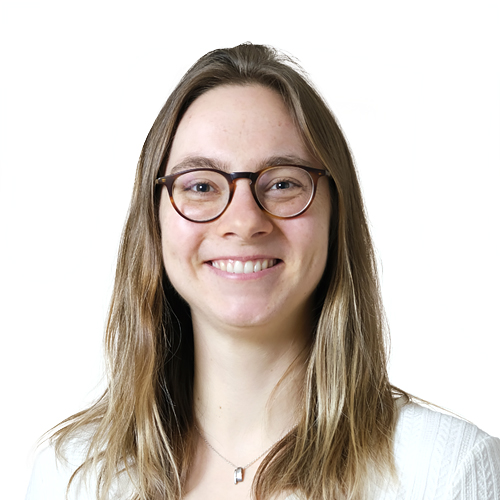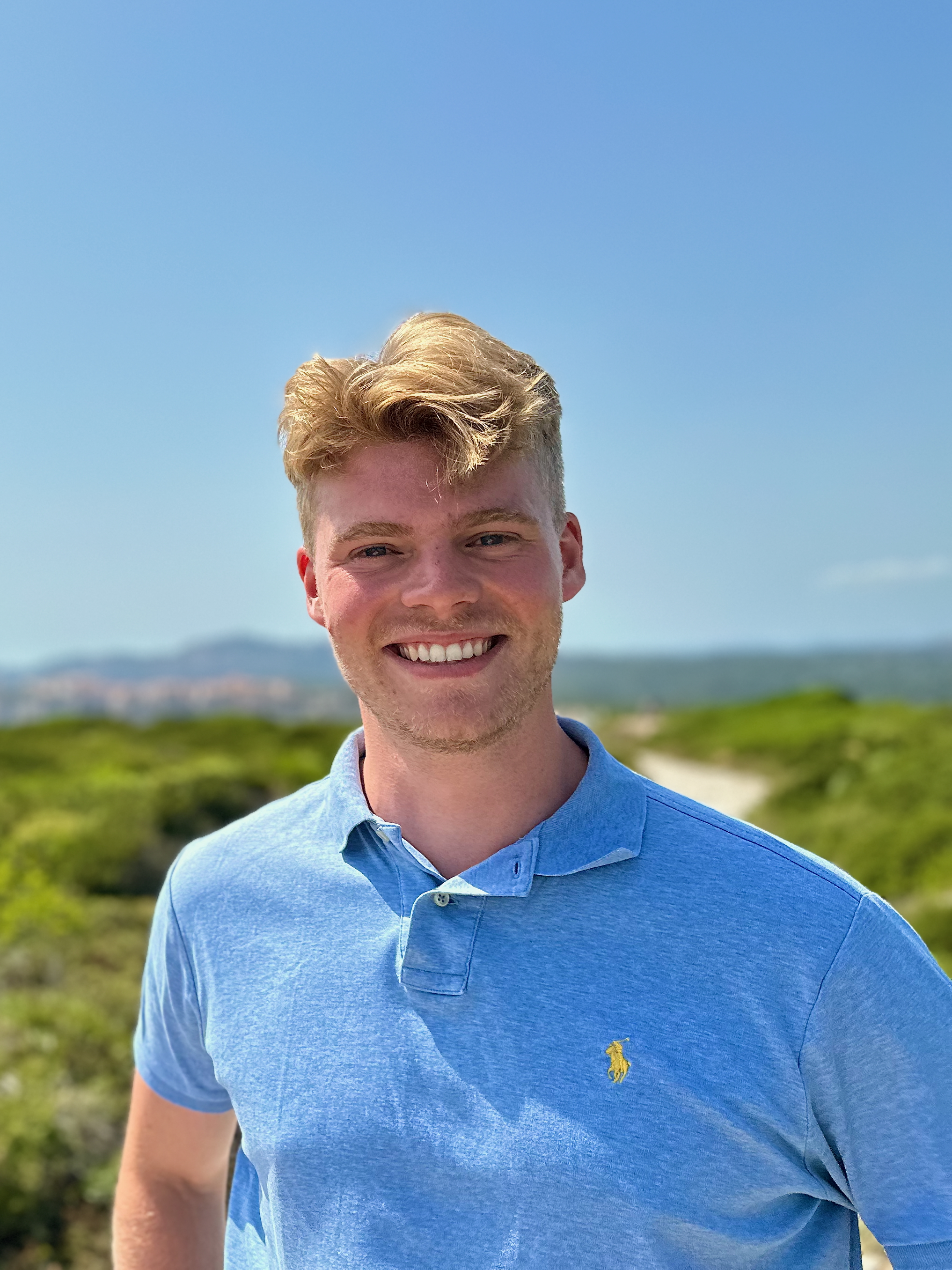What we do
About our project
Osteoarthritis (OA) is a progressively disabling and painful disease of the joint. The prevalence of OA increases with age and affects many from the age of 45 onwards in their daily life activities. The prevalence of OA increases and OA is projected to become the most frequent disease in the Dutch population affecting 2.3 million people in 2040. Knee OA is the most disabling and also the most frequently occurring form of OA. Importantly, due to lower mobility at advanced stages, knee OA is a risk factor for other diseases, such as stroke and cardiovascular disease. Consequently, OA has been identified as a serious disease determining morbidity and mortality in the elderly. So far, there is no disease modifying treatment or cure; at best we can offer patients modestly effective treatments of symptoms. These treatments are intended to postpone joint replacement as long as possible, due to the limited lifespan of prostheses in the long-term (10-15 year) and high incidence of unsuccessful replacement (25% of knee OA cases). Patients are encouraged to stay physically active, though there is an ongoing debate regarding the best type and intensity of exercise. Best type and intensity of physical activity will be patient and time dependent. Also, healthcare professionals increasingly receive questions from active and relatively younger OA patients on the continuation of sports activities with knee OA. It is clear that a certain amount of load is essential for maintenance of cartilage (the main affected tissue), and that both overloading and underloading of cartilage will lead to joint inflammation and degeneration of the cartilage. However, even though patients frequently ask for concrete and specific advice on movement, advice based on scientific data cannot yet be provided to the individual patient. LoaD is designed to provide an answer to this pressing question.
Our research focus
Load is designed to determine the following aspects:
1) the effects of physical activity pattern on disease progression in patients with OA
2) the joint and cartilage loading during activities and the effect of loading on cartilage degeneration or maintenance
3) the influence of individual differences in genetics and inflammation on cellular response to loading
4) the individualised monitoring and coaching strategies using eHealth technology
5) the feasibility and impact evaluation of personalised eHealth supported healthcare for osteoarthritis participants
Funds & Grants
Funding agency
NWO (NWA-ORC)Our team
Principal Investigators
-
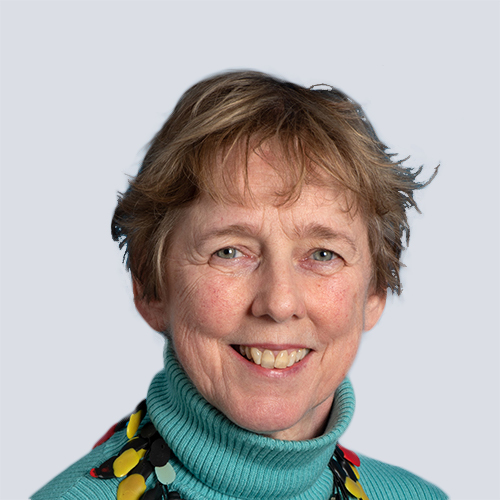
Prof. dr. S.M.A. (Sita) Bierma-Zeinstra
-
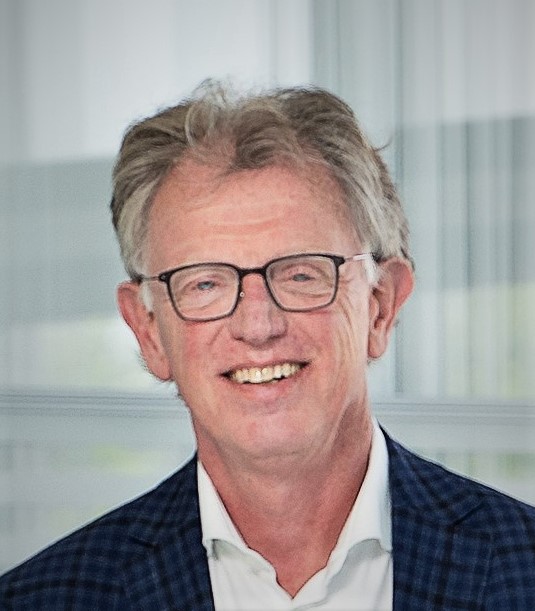
Prof. dr. ir. J. (Jaap) Harlaar
-
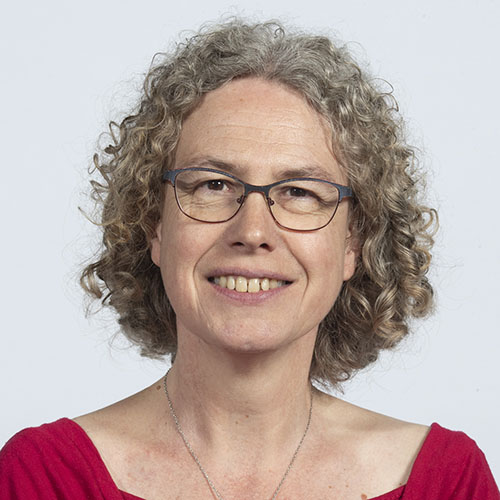
Prof. dr. G.J.V.M (Gerjo) van Osch
-
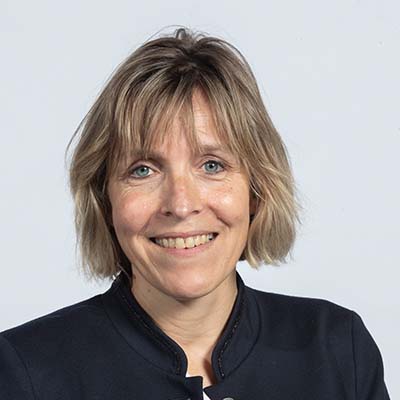
Prof. dr. J.B.J. (Joyce) van Meurs, PhD
-
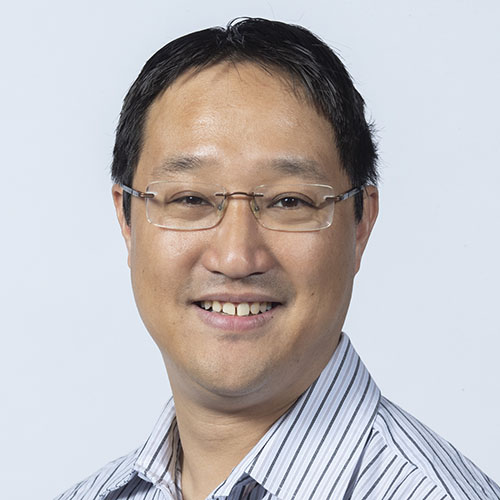
E.H.G. (Edwin) Oei, Prof. dr.
Principal Investigator
Postdocs
-
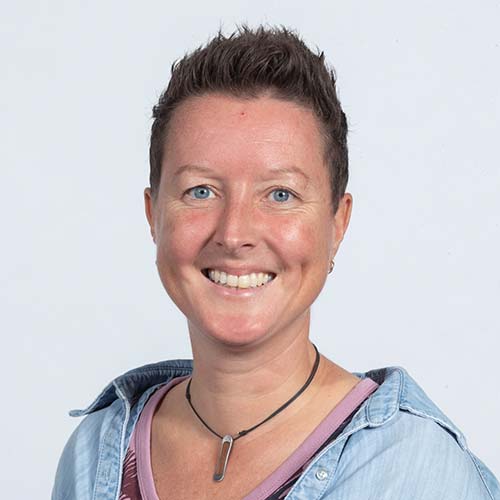
M. (Marienke) van Middelkoop, PhD
-
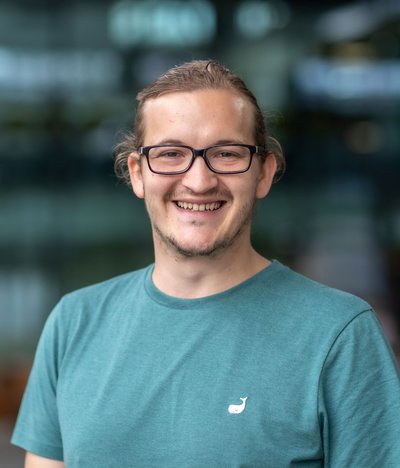
E. (Elias) Salzer, PhD
Postdoc
-
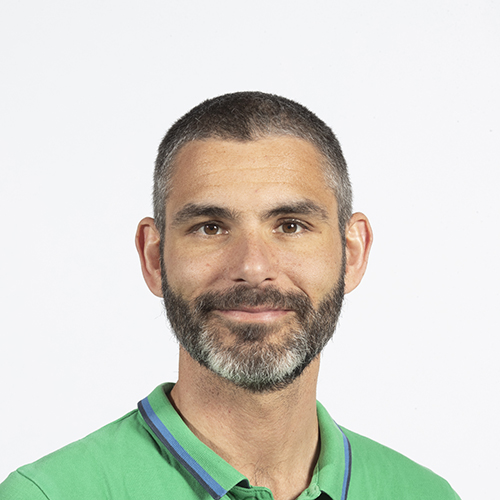
R. (Roberto) Narcisi, PhD
Associate professor

